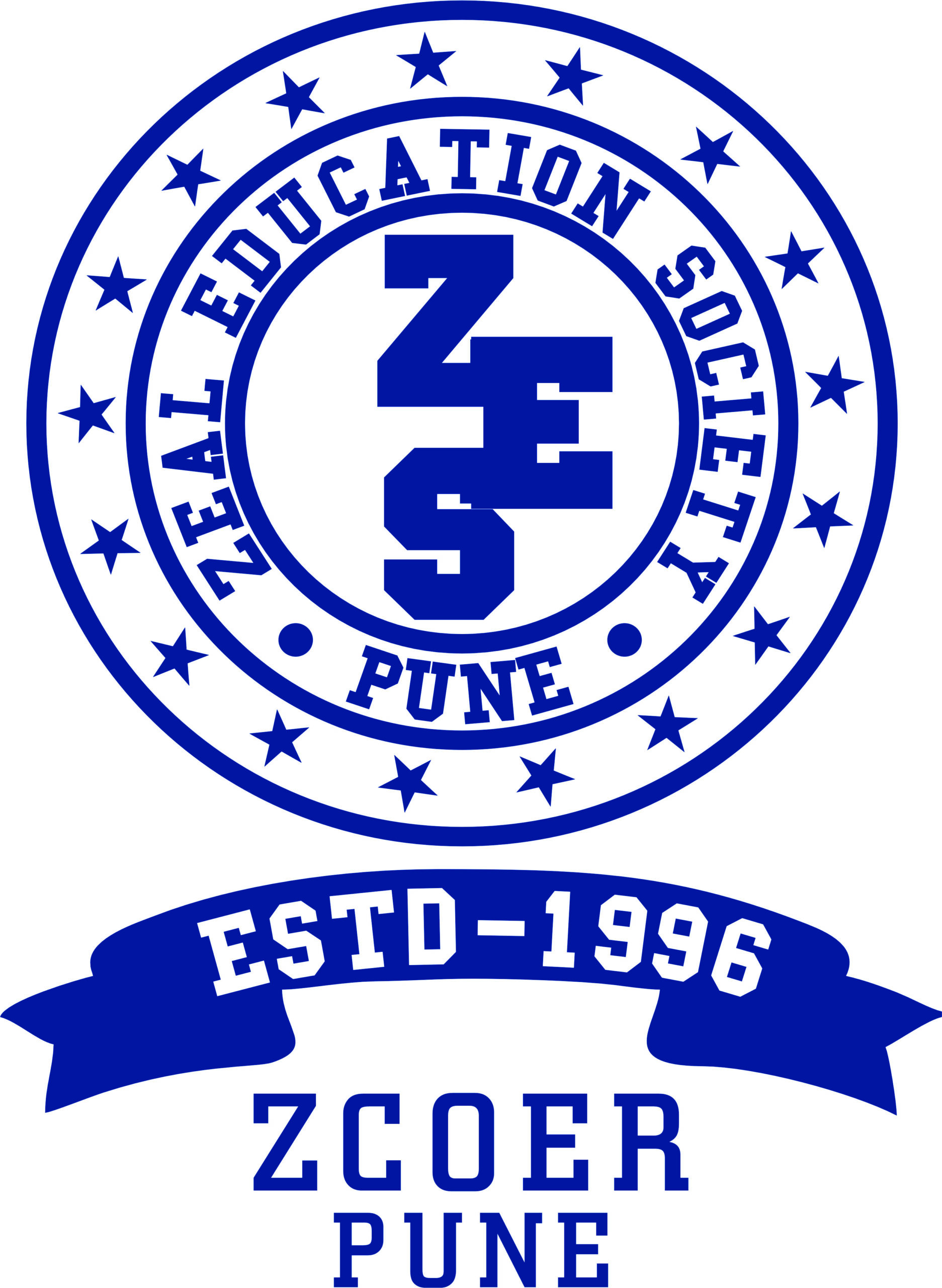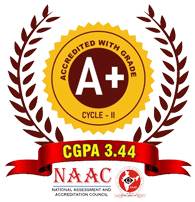Computer Engineering
- Computer Engineering
- About Department
- From HOD Desk
- Vision & Mission
- PEO & PSO, PO & CO
- Autonomy Constitution
- Faculty Profile
- Lab Facilities
- Innovations in Teaching – Learning
- Research & Publication
- Skill Development
- Faculty Achievement
- Students Achievement
- Student Association
- Placement and Internship
- Center of Excellence
- Life @ Computer
- Downloads
- Newsletters
Goals:
The objective of introducing extra real-life numerical problems under Student Chapter Activities is to bridge the gap between theory and practical applications in Computer Engineering. By incorporating real-world problem sets, students gain a deeper understanding of theoretical concepts, enhance their problem-solving abilities, and develop skills relevant to industry-oriented challenges.
Use of Appropriate Methods:
- Integration of Real-World Numerical Problems: Additional numerical problems based on real-world case studies are incorporated into coursework.
- Industry-Based Case Studies: Examples from software development, data analysis, networking, and cybersecurity are used to relate classroom learning to industry challenges.
- Project-Based Learning: Students work on live projects and problem statements from industry experts.
- Guest Lectures & Workshops: Industry professionals provide insights into practical problem-solving methodologies.
- Coding Challenges & Hackathons: Students solve real-world coding problems through competitions and coding bootcamps.
Significance of Results:
- Improved Conceptual Understanding: Students relate numerical problems to real-life industry scenarios.
- Better Problem-Solving Skills: Enhances analytical thinking and logical reasoning.
- Industry Readiness: Students gain exposure to real-world applications of theoretical concepts.
- Enhanced Engagement: Interactive learning methods increase student participation and motivation.
Effectiveness:
a) Student Performance on Real-World Problem Sets:
- Improved results in problem-based assignments and coding challenges.
- Increased participation in industry-driven projects and case studies.
b) Project Outcomes:
- Several final-year projects are now based on real-world problems identified through student chapter activities.
c) Feedback on Course Content:
- 80% of students reported improved understanding and application of theoretical concepts.
- Faculty members observed a higher level of engagement in problem-solving sessions.
Application:
- Programming & Data Structures: Real-world algorithmic problem-solving through competitive coding challenges.
- Database Management: Case studies on real-time transactional data processing.
- Networking & Cybersecurity: Numerical problems based on network traffic analysis, encryption, and security protocols.
- Machine Learning & AI: Practical data analysis and predictive modeling problems for real-world applications.
Utilization:
- Incorporated into syllabus for core subjects.
- Used in student clubs and technical events for interactive problem-solving sessions.
- Integrated into industry-oriented training programs.
- Applied in internships and live projects with corporate partners.
Implementation:
a) Designing & Adding Extra Real-Life Numerical Problems
- Faculty members create and curate case-study-based numerical problems.
- Problems sourced from real-world applications in software engineering, cybersecurity, and data science.
b) Student Chapter Initiatives
- Organizing coding competitions, workshops, and hackathons focused on real-life numerical problem-solving.
- Hosting guest lectures and industry interactions to provide real-world perspectives.
c) Assessment & Feedback Mechanism
- Regular evaluation of student performance through numerical assignments and real-world problem sets.
- Collecting student feedback for continuous improvement.
Benefits:
- Bridges the Gap Between Theory and Practice: Real-world problems reinforce theoretical knowledge.
- Prepares Students for Industry Challenges: Exposure to practical problem-solving enhances employability.
- Encourages Critical Thinking & Innovation: Students develop creative solutions to real-world challenges.
- Boosts Confidence & Competence: Hands-on experience improves student engagement and learning outcomes.
Conclusion:
The integration of extra real-life numerical problems under Student Chapter Activities at Zeal College of Engineering and Research, Pune, has significantly improved student engagement, conceptual understanding, and industry readiness. By aligning coursework with real-world applications, students are better equipped to tackle practical challenges in Computer Engineering. The initiative continues to evolve, with increasing participation and ongoing improvements in problem-solving methodologies.
Submit your review | |
1 2 3 4 5 | |
Submit Cancel | |

